Home>Interior Design>Is Lacquered Wood Furniture The Best For Your Home


Interior Design
Is Lacquered Wood Furniture The Best For Your Home
Modified: December 6, 2023
Ever considered having lacquered wood furniture at home? This article can help you determine if having such can be the best for your home.
(Many of the links in this article redirect to a specific reviewed product. Your purchase of these products through affiliate links helps to generate commission for Storables.com, at no extra cost. Learn more)
Lacquered wood is a staple in houses with high-end furniture. Though other wood finishes are worth considering, the promising qualities of lacquer can not just protect your wood furniture but also enhance its overall look. If you’re still not convinced, we’ve compiled all the things you need to know about lacquered wood and the different types of wood finishes available for you.
What Is Lacquered Wood
Lacquer is the shiny top coating for both furniture and metal. It dries quickly into a hard finish that protects the material from stains and prevents the wood from swelling and cracking. Unlike varnish and other wood finishes, lacquer is sprayed on like a seal and does not saturate the wood. Hence, the output you’d get is a film-like cover for your furniture.
Aside from that, you can even use lacquer to create a glossy and smooth finish for your floors. They’re versatile, and one can put them on anything that needs extra protection and some shine. For instance, you can use them on wooden musical instruments, wall sheathing, and roofs. The same thing goes for the type of wood you have. May it be natural or engineered wood, there’s no limit to where you can use lacquer.
Best of all, you can even use different lacquer colors to coat your wood furniture. Black lacquer often gives your chairs and tables depth and a refined and prestigious appearance. Black lacquered wood is also known to shrink a spacious room, so the atmosphere would feel more intimate and inviting.
On the other hand, white lacquered wood offers excellent flexibility to blend with your interiors. After all, you can’t go wrong with white lacquered furniture. Aside from creating a broader illusion in smaller spaces, it also exudes a fresh and clean aura.

Read more: How To Clean Lacquer Furniture
Other Types of Wood Finishes
Varnish
Varnish is one of the famous types of wood finishes. They’re excellent protective coatings for wooden surfaces, paintings, and other decorations. For reference, it’s a liquid coating material containing resin. As it dries, the solvent combined in the mixture evaporates to leave a transparent and glossy film. Typically, the varnish is used for outdoor furniture due to its waterproofing properties. You can even choose from natural and synthetic ones. The former includes amber, balsam, mastic, and kauri gum, among others. Subsequently, examples of the latter are acrylic, alkyd, and polyurethane.
Wax
Known as a classic finish to all wood, wax is made from natural ingredients that protect the wood from stains and gunk buildup. Like varnish, this wood finish can last up to three to five years, all while giving you a satin sheen and silky feel to your furniture. However, wax requires regular maintenance to maintain its waterproof and stain-resistant qualities. But the best thing about wax finishes is that you can apply them by hand, and they are safe for the whole family.
Oil
An oil finish is another non-toxic and eco-friendly alternative for varnishes. As it provides a protective layer of moisture on wood, this lessens the possibility of cracks, scratches, and stains from ruining your floors and furniture. If you’re a fan of more traditional finishes, then an oil wood finish would be your best bet. This is because it produces a textured grain as it penetrates the wood. Above all, they tend to be more enduring than water-based wood finishes.
Read more: Why Is There Stairs In The Woods
Stain
Altering the appearance of wood is common, especially when the material seems to have lost its charm over the years. This is where a wood stain comes in handy. Even though it does not match the same durable coating that protects wood from daily wear and tear, you can stain furniture to make it look brand new. Above all, you can choose from the several available shades of brown to match your preferences. When chosen correctly, a single layer of stain can highlight the grain or match the tones you already have at home.
Dye
As the name suggests, dyes are only used for recoloring wood furniture. Meaning, your wooden furniture has no actual protection from scratches and stains. Also, this type of finish profoundly penetrates the wood to give it a long-lasting color. With this, wood dyes are great for people who don’t want their furniture to be left with a sticky film or risk becoming tacky due to rainy weather and humidity.
Shellac
Shellac is produced by a female bug called “Iac” which is native to the forests of India and Thailand. Way back, excrements of these bugs were sold as dry flakes, which were then dissolved in alcohol to make liquid shellac. Today, manufacturers have them in liquid and spray form. You can use this to provide a glossy protective coating that also enhances the wood’s natural grain. This wood finish is non-toxic and does not have plastic-like qualities usually found in polyurethane and lacquered wood.
Water-Based Finish
Water-based finishes create a milky sheen on wood furniture and floors. Instead of a deep, amber tint that most finishes exhibit, using a water-based finish can revitalize your floors while retaining the natural color. It also dries so much faster and has little to no residual odor. Despite this, water-based finishes do require regular maintenance as they’re not as durable as other finishes and can wear down after a couple of years.
Read more: Laminate Wood Flooring
Which Finish Is Best for Wood?
If a high-quality gloss is what you aim for, many woodworkers would recommend using lacquer as it is the best finish for wood. In terms of durability, lacquer fares the best out of all the other options. It’s also non-toxic, water-and stain-resistant, and easy to apply and maintain.
Benefits of Lacquered Wood
There are tons to love about lacquered wood. To give you a gist, we’ve rounded up the benefits of furniture made with lacquered wood.
- Waterproof
- Less labor involved
- Does not get cloudy
- Doesn’t yellow with age
- Tear- and stain-resistant
- Requires little maintenance
- Less expensive than varnish
- Harder and more durable finish
- Fast-drying than other oil- and resin-based finishes
How to Clean Lacquered Wood
If you’re scouring the internet for answers on how to clean lacquered wood, then we’ve got you covered. Much like cleaning leather, you will only need a couple of things to get the job done. Varying methods need different tools and products, so check them in the guide below.
How to Remove Water Stains From Lacquered Wood
Water stains can ruin greatly-polished lacquered wood furniture. It can make the wood look hazy and dull-looking. To remedy this, below are the products you need:
Oil-based method:
Things You’ll Need:
- Apply mayonnaise or petroleum jelly to the affected/stained area.
- Let it sit for about 8 to 12 hours.
- After that, wipe the oil with a damp cloth.
- Optional: apply an oil-based polish and wipe using a dry cloth.
Heat-removal method:
Things You’ll Need:
How To Get Permanent Marker Off Lacquered Wood
With pens and markers in their hands, kids can instantly consider everything a drawing board. And yes, even that expensive lacquered wood furniture you have in your living room. Thankfully, you can remove permanent marker from lacquered wood with the following products and steps:
Alcohol Method
Things You’ll Need:
- Using a cotton cloth, dab the surface with isopropyl alcohol.
- Once saturated, wipe the residue away until it disappears.
Toothpaste and Baking Soda
Things You’ll Need:
- If you don’t have baking soda toothpaste, mix equal amounts of toothpaste and baking soda in a container.
- With a cotton cloth, rub lightly on the surface, following the grain of the wood.
- Repeat until there are no traces.
Frequently Asked Questions:
Can You Paint Over Lacquered Wood?
Yes. While it is possible to do some painting over lacquered wood, you would need to prep it first before doing so. You can start by wiping the entire surface with a cloth. Then, sand it with 150-grit sandpaper. Increase to 300-grit sandpaper and always remember to sand within the grain. After that, apply latex or oil-based primer to seal in stains and tannins. And that’s how to paint lacquered wood.
Is Lacquer Toxic When Dry?
Some lacquers are entirely safe when dry, while others off-gas can hang around for a month, especially when the furniture is in a place with poor ventilation. To avoid toxic fumes even after drying, it’s best to opt for water-based lacquers and those with only small amounts of volatile organic compounds (VOCs). The Environmental Protection Agency’s (EPA) VOC limit is 350 grams/liter.
How to Apply a Lacquer Finish?
The best way to apply some lacquer to your wood furniture is by using a bristle brush. Choose only those made of high-quality bristles as they provide an even and more desirable outcome. Just remember to never over-brush your work, as this would lead to visible brush strokes on your furniture. Also, use time intervals or wait until the first coat is dry before applying a second coat.
There’s so much to love about lacquered wood. Aside from faster drying time and ease of application, the quality of lacquer given to your furniture can’t be matched by most wood finishes. Since we’re already about keeping furniture in tiptop shape, check these wood putty options to help you with simple wood home repairs at home.
Was this page helpful?
At Storables.com, we guarantee accurate and reliable information. Our content, validated by Expert Board Contributors, is crafted following stringent Editorial Policies. We're committed to providing you with well-researched, expert-backed insights for all your informational needs.











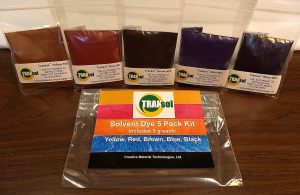


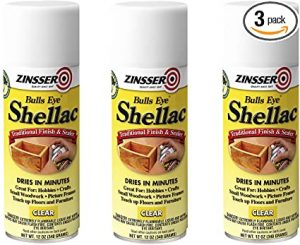








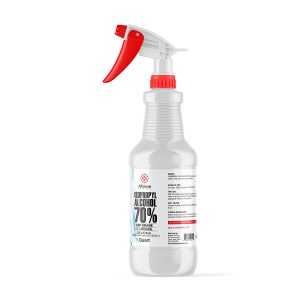





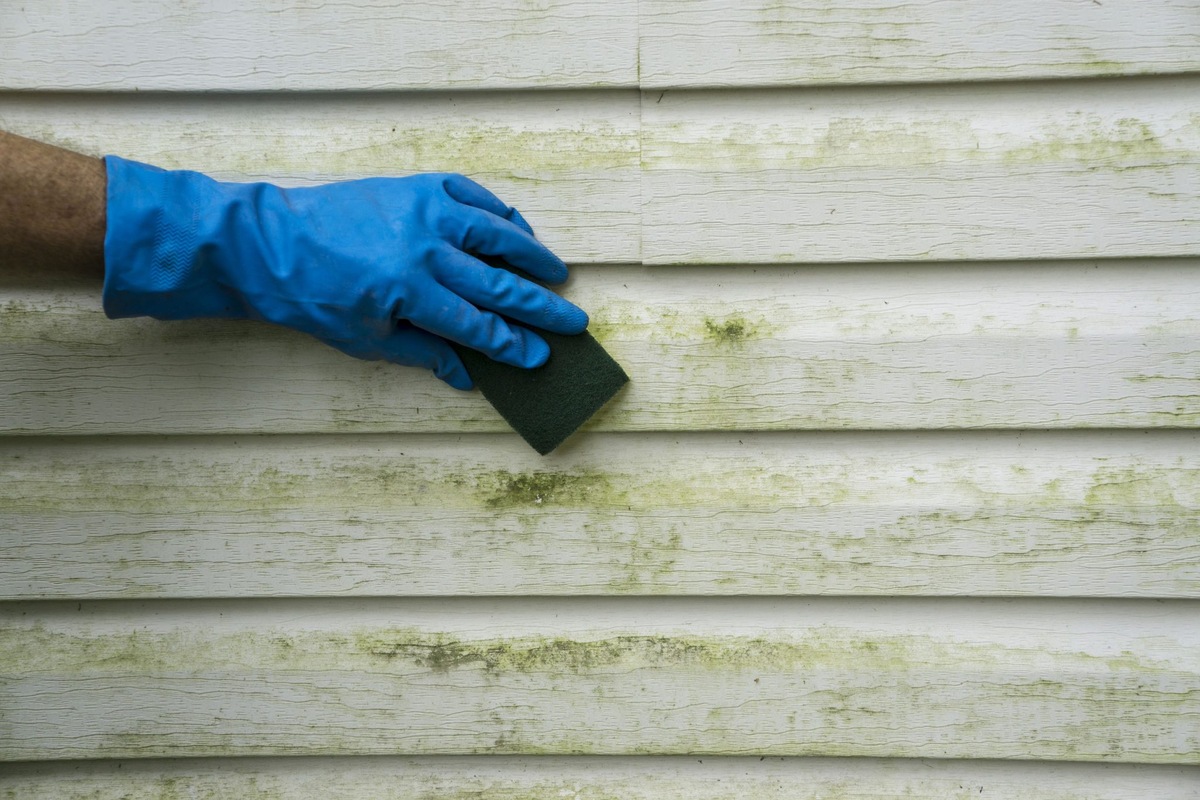


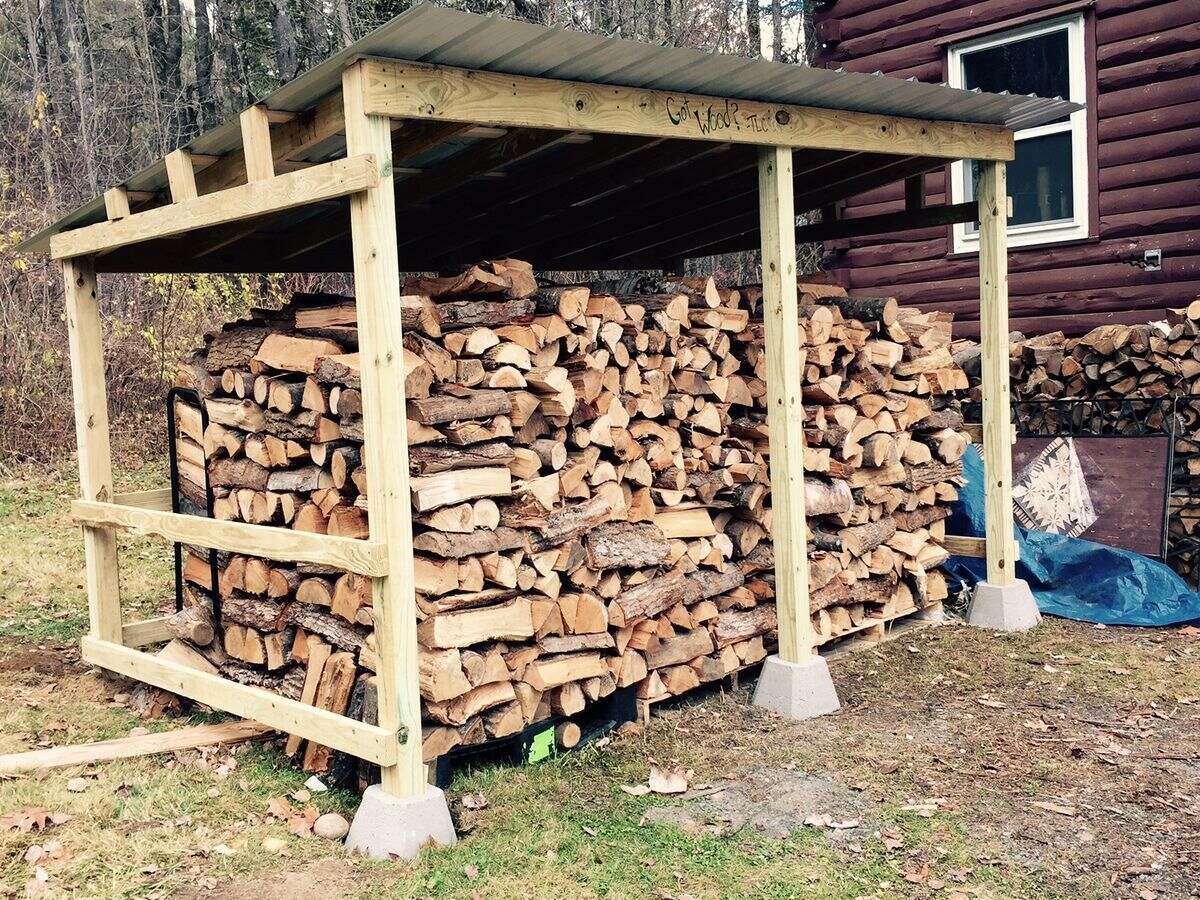

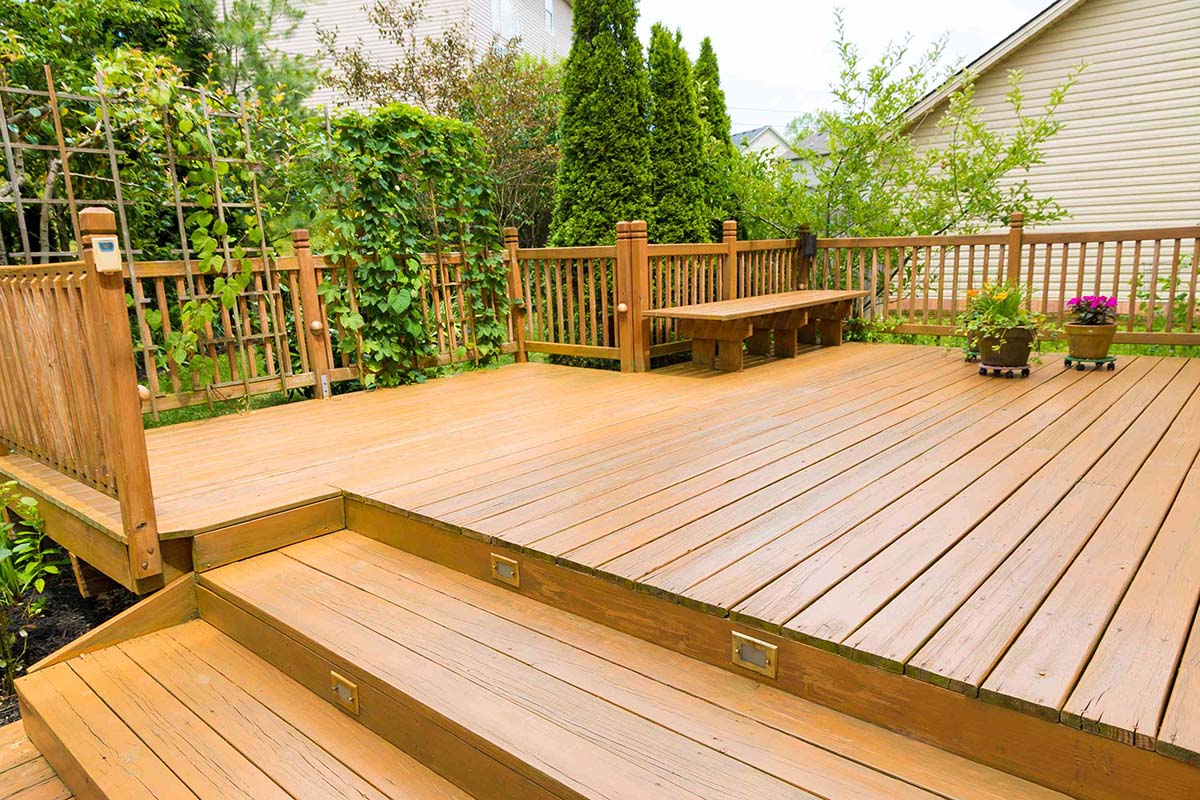






0 thoughts on “Is Lacquered Wood Furniture The Best For Your Home”